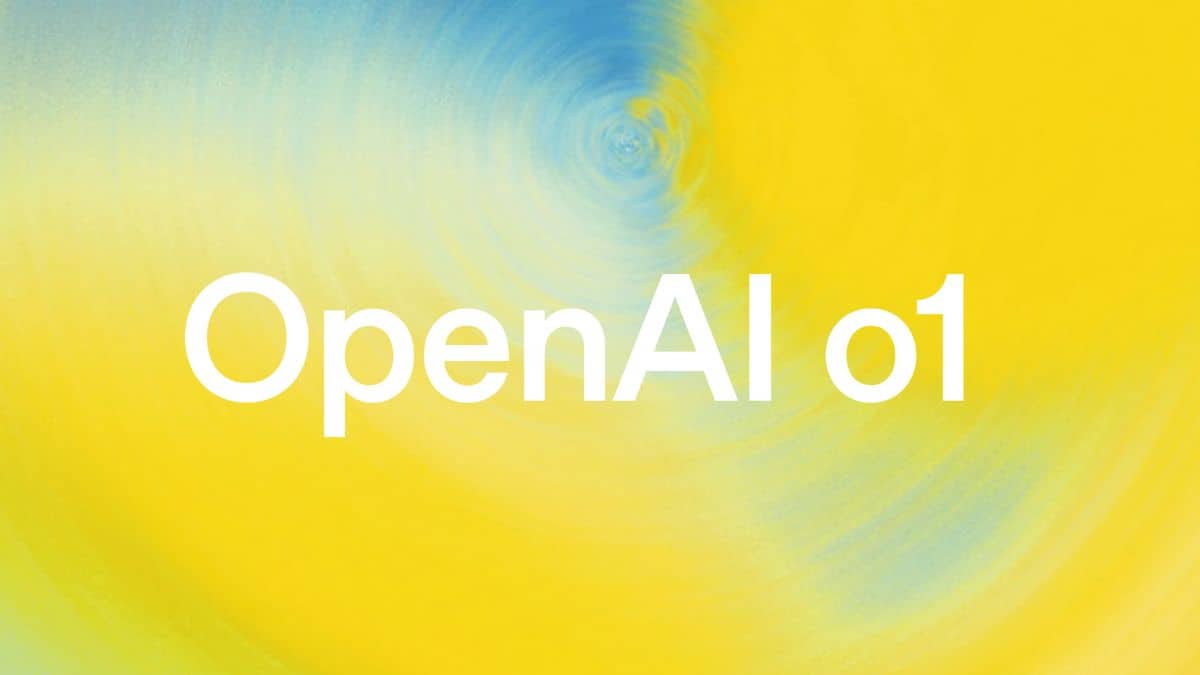OpenAI unveils new o1 AI model that “thinks” and it can code a video game from a single prompt

Table of Contents
OpenAI has introduced a new series of AI models, dubbed o1, designed to enhance problem-solving capabilities and complex reasoning skills. OpenAI claims that o1 represents a significant leap forward in AI technology, offering a more human-like approach to problem-solving – but does it?
Well, we can get onto that a little later, but something else caught our attention first: video games, what else? The new model has been used to code a simple game, showcasing its utility for developers as a quick prototype creation tool.
OpenAI o1 creates a simple game in pygame
Pygame is a video game engine written in the accessible Python programming language and is a nice way for code newbies to get into video game development at a (relatively) basic level. With that in mind, it seems like the perfect place for an AI model to test its might when it comes to writing working code.
In a video demonstration on X, researcher Jason Wei feeds the o1 preview a prompt starting with “Use pygame to make a game called “squirrel finder”, going on to explain the main mechanics of the game, what should be displayed on-screen, and pointing it towards are few different PNG images to be used as graphics.
OpenAI o1 comes back with working, albeit basic, game code which can then be pasted into the appropriate text editor and run in the pygame engine (pictured below).

OpenAI o1’s problem-solving and contemplating thoughts
The o1 series has shown remarkable proficiency in various tasks, including:
- Academic benchmarks: Outperforming PhD students in challenging physics, chemistry, and biology problems.
- Mathematical Olympiads: Achieving an impressive 83% accuracy rate on the International Mathematics Olympiad (IMO).
- Coding competitions: Reaching the 89th percentile in Codeforces competitions.
One of the key features of o1 models is their ability to spend more time contemplating problems before responding. This deliberate thinking process allows them to refine their strategies, identify potential errors, and produce more accurate solutions. In rigorous testing, o1 models have demonstrated exceptional performance in fields such as science, coding, and math.
As OpenAI describes it: “OpenAI o1 thinks before it answers and can produce a long internal chain-of-thought before responding to the user.”
In addition, the o1 series is expected to have an impact on various fields, including:
- Healthcare: Assisting researchers in annotating cell sequencing data.
- Physics: Generating complex mathematical formulas for quantum optics.
- Software development: Building and executing multi-step workflows.
While the o1 models are still in their early stages of development, they have already surpassed previous AI models in terms of reasoning capabilities. OpenAI has even reset the counter to 1 to show the significance of the advancement made.
Safety and ethical concerns
Safety and ethics have been a paramount concern in the development of o1 models, which is particularly important given the current levels of concern surrounding the technology. OpenAI has implemented a new safety training approach that leverages the models’ reasoning to ensure they adhere to guidelines.
Rigorous testing and evaluation processes have also been put in place to mitigate potential risks. Overall, the introduction of o1 model could mark a significant milestone in the evolution of AI – if it is done so correctly.
